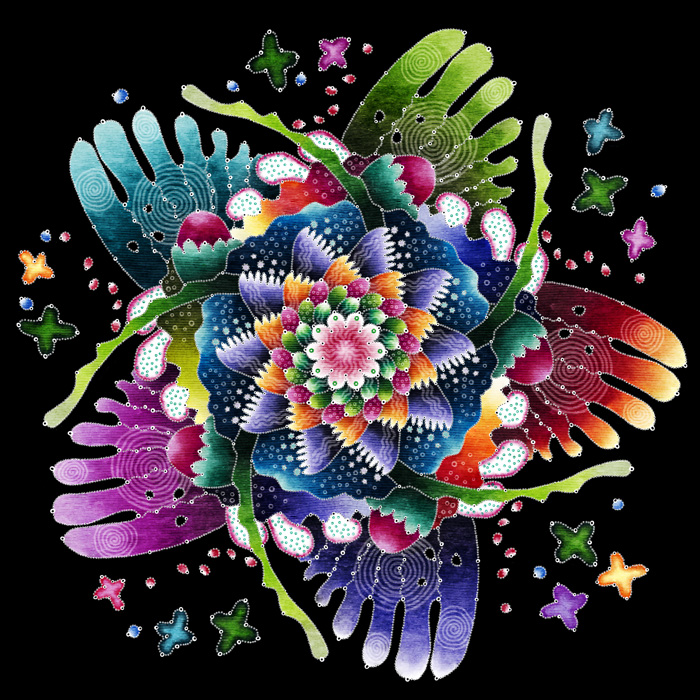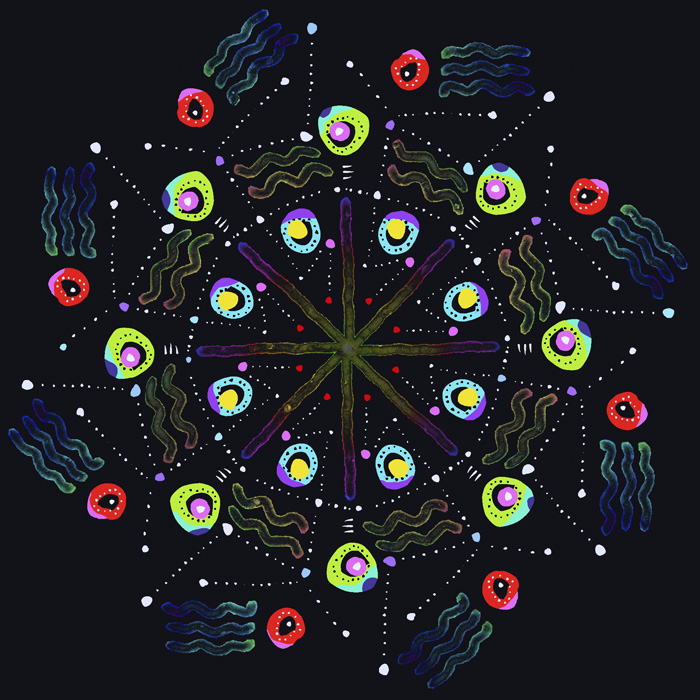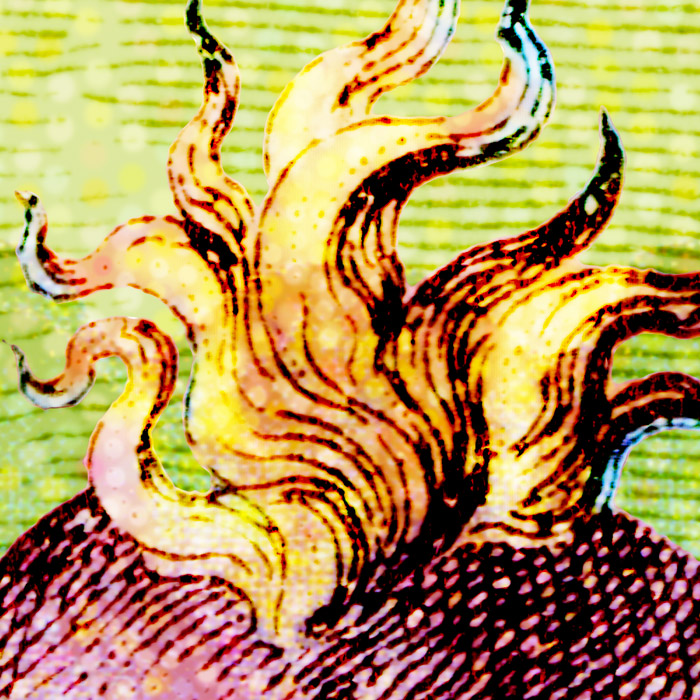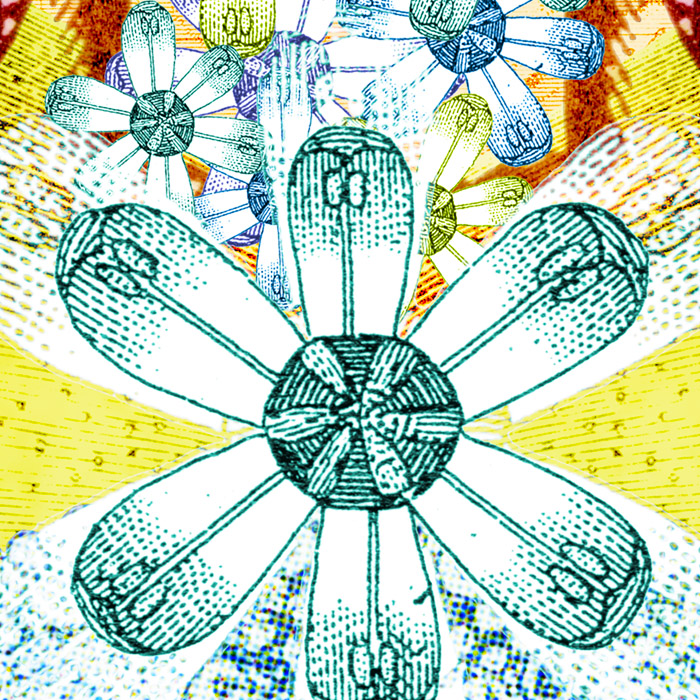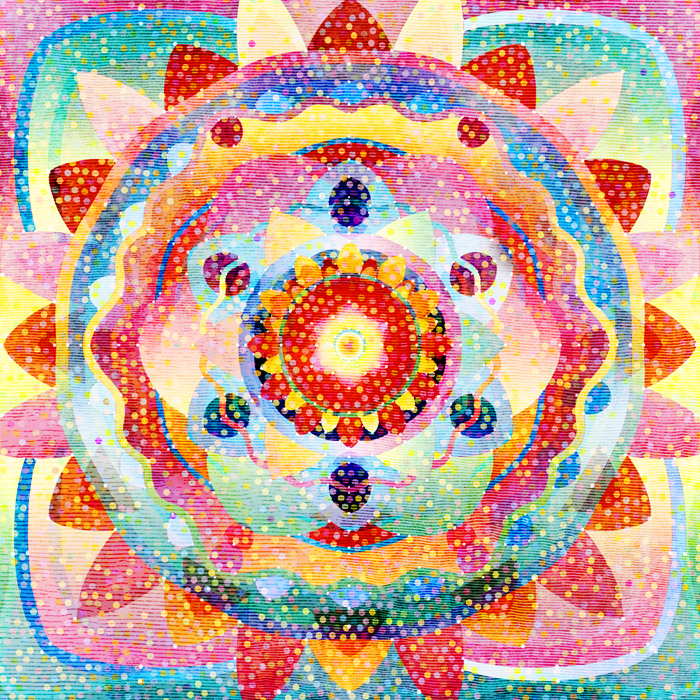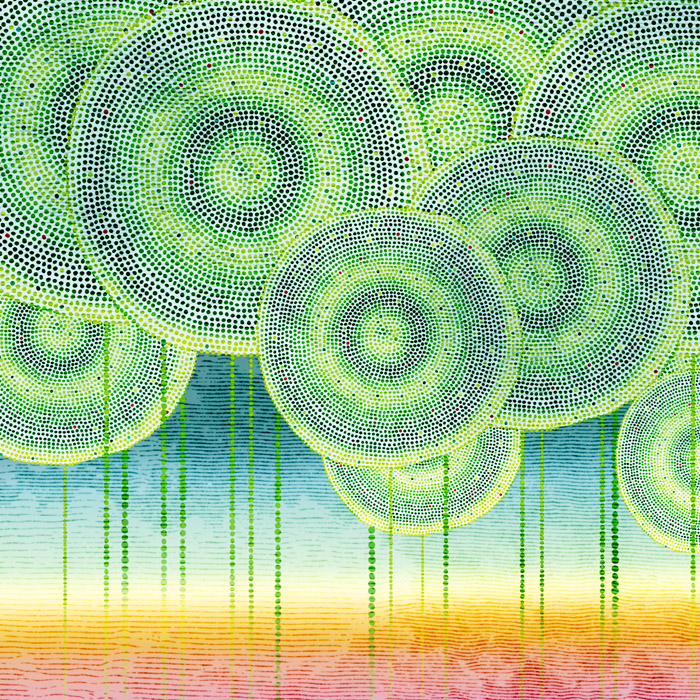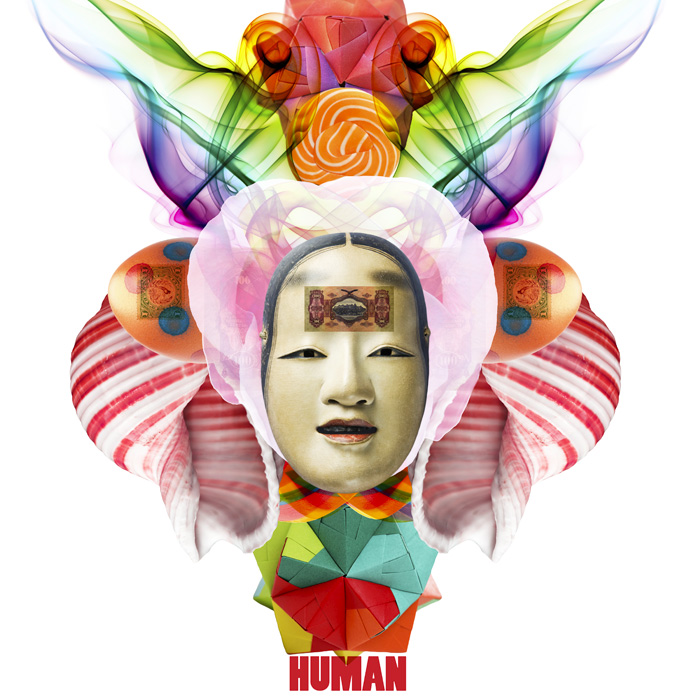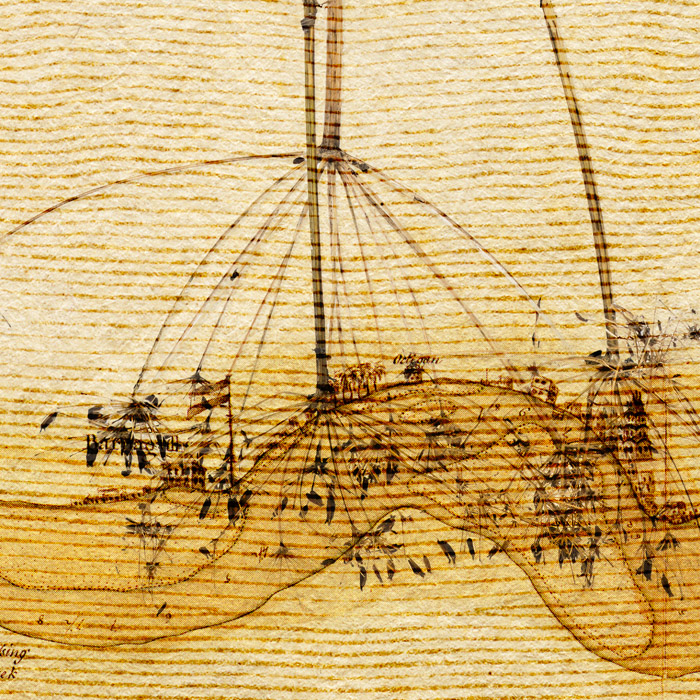Edited to add: It’s been interesting how many people have written to me regarding this post, or responded on facebook, with commiserations about my “suffering.” I take this as a failure on my part to communicate clearly! I am not suffering, and except for the first few weeks of living with an unrepaired broken pelvis (holy shit, that was painful) I have not been suffering, despite the headaches and questioning and seeking. All of that is now over, and as I say, even when it was happening, I did not think of myself as suffering.
There are painful things in life. Lots and lots of them. How we greet them and work with them and adapt to them determines the amount of suffering we experience. My main takeaway from the past few years, which have been challenging, has been that fear and resistance are the causes of suffering. There are feelings I really don’t like to feel, and I resist feeling them and try to run from them when they come up. They are clearly delineated in my mind and I know what they are, and my goal over the past few months has been to ‘make the pain cave bigger’ so that I can welcome these emotional experiences and feel them fully. This is what we came here to do, as Dauwalter says, and this is where the work happens.
That’s my take on all of this at the moment–always a changing phenomenon!
……………………………………………………………
It’s been quite a while since I posted anything on here, and needless to say I’ve gone through a whole lot of changes since then, one of them being that I have felt that I have nothing of value to say. And that may be true. However, I can’t be the judge of that, so I came to the decision to just say it anyway and let the reader judge as they will. My hope is that as I’ve gotten so much help from what others have written, sometimes inadvertently, that maybe somebody might get some help or reassurance here. Or somebody might come forward and explain where I’m off, which I would also welcome. Or nobody will read this, which is also fine.
Although it feels tedious to me to do so (my past has become boring to me, for the most part), I will refrain from judging, and will relate what’s been happening for the last few years.
Early in the pandemic I experienced being hospitalized for an injury for the first time in my life—a broken pelvis. I was 69. Now I’m 72. I’m fully recovered now, but that hospitalization was intensely triggering for me and led to a cascading neurological manifestation of anxiety that I had a hard time working with for months afterwards. So I upped my meditation practice—it was the only medicine I could think of that might help. I have throughout the last 50-odd years been an intermittent and relatively sloppy meditator, but nonetheless I had enough experience to rely on it to calm my mind. And it did, but after several months something else began to happen as well.
As soon as I’d sit down to meditate, I’d develop a headache. I recognized the headache as being some sort of energetic manifestation, and I can usually deal with those kinds of things, but this one, combined with my heightened state of anxiety, created a feedback loop that made it feel as though it kept getting worse.
I began to wonder if there was something essentially flawed about my practice of meditation. It had something to do with a question about who, exactly, was the one meditating? I began to have a feeling that there was something a little bit suspicious about this entity’s motivations, but in truth I couldn’t have said that so clearly. There was just something not quite right.
Around that time my YouTube feed began to spit up “non-dual” videos and I became attracted to Mooji. He was a calming voice in the storm, for me, and a lot of what he said made sense to me, and was helpful. I remember there was one video in which he was counseling someone experiencing a similar kind of head-pressure during meditation, to not quit, to just refuse to be made fearful by a body manifestation, and promised it would subside.
This seemed like good advice, but in my case, after several months, it didn’t subside, but something else happened. My sense that the ‘me’ who was meditating, the me who was claiming conscious awareness, and seeking something more, was somehow unreal. That was where my fascination with Mooji ended, because he seemed to be not at all dealing with the fundamental unreality of this ‘me’ even though he said he was.
At that point I came across David Godman, the chronicler of Ramana Maharshi’s teachings, Papaji, and other Indian sages of the early-to-mid twentieth century. In one of his talks he mentioned Ramana’s method of self-inquiry which was designed to turn the gaze upon the very one doing the meditating. So rather than being that one, focusing on an object of meditation, the goal of self inquiry was to turn the gaze 180 degrees and look at the subject instead the object, and ask “Who Am I?”
This helped for a while as a method of meditation, but eventually, the headaches found it and began again. I also, by that time, realized that it simply wasn’t possible for the Me, the one claiming awareness and doing the looking, to see itself as an object, without creating an assumption of knowing awareness that once again created a subject-object relationship, if that makes any sense.
The subject-object relationship is the fundamental nature of separation. I’m here, and That (whatever that is) is over there, and I’m separate from it. I felt that I’d hit a brick wall.
And then, in an astounding display of sequencing, YouTube gave me Jim Newman, Tony Parsons, and a few other speakers (they do not call themselves teachers) about non-dualism, who say, essentially, that the fundamental illusion we are dealing with here is “I am real.”
Not that reality is a dream, and isn’t real, which is concept that for me was more easily accessible. They are saying that reality is both real and unreal, in other words, apparent yet empty, and that the one thing in all of this that is absolutely not real is the individual self. The experiencer, the perceiver itself, is the hallucination.
– That the individual self can experience incredibly exalted states of so-called enlightenment, oneness, the multiverse, and spiritual “awakening” but that they are all temporary and nullified by the essential fact that I am not real. They are all just empty phenomena, rolling on, as one Buddhist teacher said.
– That there is nothing to seek, because fundamentally, the seeker has no reality. It’s an energetic misperception, and yet completely meaningless. Not wrong or right, good or bad, just meaningless.
– That there is no way to know this, no way to experience this, because we ARE this. They claim that this is an energetic realization that cannot be learned, cannot be achieved, and that simply happens to some people, suddenly or gradually.
Before this, I thought I had understood non-duality. I had believed my experiences of oneness were valid. And these pointings, as they call them, were saying that those were temporary empty phenomena. That our so-called individual selves are seeking/finding AI robots, essentially, with no actual substance. That the individual soul was an illusion. In the most simplistic of terms it was as though we were actors in a total-immersion play, really believing that we are the characters we are playing (okay, I get it) but then taking it a step further, the playing of the character creates the sense that aside from the character, when we step offstage, we are somehow real and individual, still.
These people were saying that no, we are not real and individual at all. We are the dream itself. Part and parcel of the dream is this “I am-ness” of the individual self.
As individuals we believe that without us, there’s no reality. That if there’s no self, there’s just blankness, blackness, nothing. But these people were saying that there is already no self. There has never been a self. This is not a state to be sought or achieved through meditation or spiritual exertion. It’s something that actually never happened. It’s just an illusion. There is already no self.
This is not an intellectual concept. It can be understood as an intellectual concept by the self, but that understanding is irrelevant. Impotent. Apparently for some people the self drops away like a ripe apple off a tree and that’s it. There’s no harvesting of the apple, there’s no “I know this.” The whole “I know this” factor disappears with the self. There is no “awareness-of.” No subject-object relationship. For some people this is a sudden occurrence and for others gradual, apparently, this thinning of the veil of selfhood. And it is permanent. It’s not bliss, which is what the self desires. It is unconditional freedom, unconditional love, for no one.
There’s a lot of talk in spiritual circles about the veil. This is saying that the veil is “I am real, and I know.”
I enjoyed listening to these speakers. I listened to them, taking notes, for months on end. And finally I realized that the situation is hopeless. The self grasps at it like a panacea, like the antidote, but if the self itself is not real, then there’s no process, no progress, no way to get this so-called liberation. It’s nothing to be achieved. It’s already what is.
Meanwhile, as long as I kept trying, my headaches continued. Finally I began to associate the headaches with a kind of trying-to-get-somewhere, a seeking to fix the very nature of my existence, which is all the self can do, because it is desperate to solve the problem of its separation. But it already doesn’t exist. And there’s no way to see this. So I tapered off and dropped it. With the end of trying, the headaches ceased.
That was the end of seeking, for me. The last house on the road.
However, something was happening. Some kind of ripening or thinning of the illusion. This caused me great anxiety at first. It was a physical anxiety. My body had been instructed to function under certain sets of conditioning and now the conditioning was becoming irrelevant or meaningless in fundamental areas. The conditioning itself seemed to be fighting for its life, and that was a pretty unpleasant battleground to be on. I’d experienced this before—we all do when we grow and change—but this was feeling deeper and more fundamental, and way more unpleasant. There was no feeling of triumph in it for me. There was just a feeling of things falling off or falling away. And yet there was also a feeling of relief.
It’s amazing what this body-mind can experience. It can experience states of bliss, wonderful psychedelic states, DMT trips, lucid dreams, out-of-body experiences, deep sleep, deep meditative states, magic. And it never seems to end. The subject will pursue the object from here to eternity. This is the illusion: There is no subject or object. There is just what appears to be happening.
Terence McKenna calls human life “this strange dimension of reduced possibility.” I sense within this strange dimension a restraint so monumental that I can see how you could detonate a nuclear explosion by tinkering with the weird building blocks of it.
I have no conclusion here except to say that I haven’t a clue. I don’t know what is going on here and it seems funny in a sad, human way, that I ever thought I did. One thing I do agree with is Terrence McKenna’s assertion that since this reality is stranger than we could ever fathom, our role is not to understand, but appreciate.
I do know that my mental state will be reflected or is reflected by the seeming world. So the work, or enjoyment, of cultivating and refining my mental state, continues.
And to that end, and in explanation of the title of this essay, in case you’re still reading, is perhaps the most inspiring video I have listened to in a long time, of an interview with Courtney Dauwalter, the epic ultramarathon runner on how she relates to pain.
